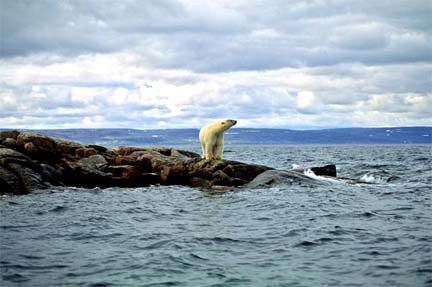

June 24, 2006 Edmonton, Alberta, Canada - On June 22, the National Academy of Sciences officially reported to Congress "a high level of confidence" that Earth is the warmest it’s been in at least 400 years. There is also proxy evidence as far back as 900 A.D., more than eleven hundred years ago.
In its press release, the Academy stated: “There is sufficient evidence from tree rings, boreholes, retreating glaciers, and other ‘proxies’ of past surface temperatures to say with a high level of confidence that the last few decades of the 20th century were warmer than any comparable period in the last 400 years.”
Click here to subscribe and get instant access to read this report.
Click here to check your existing subscription status.
Existing members, login below:
© 1998 - 2025 by Linda Moulton Howe.
All Rights Reserved.

